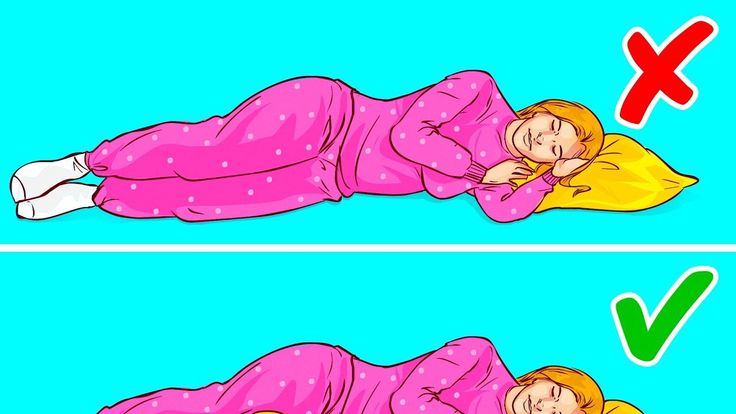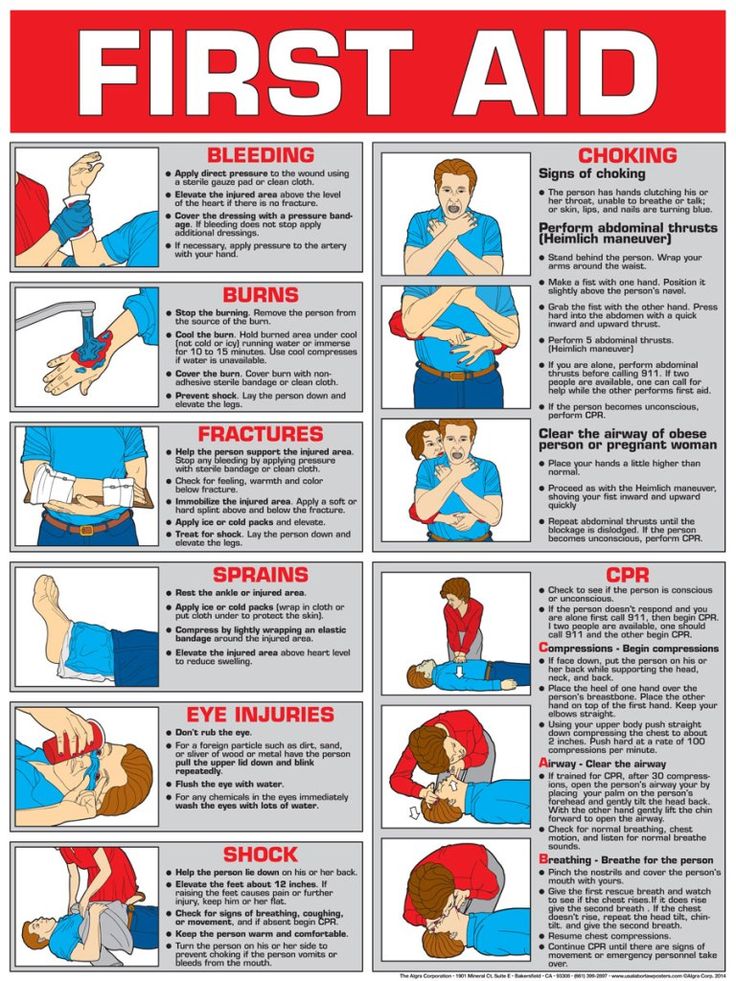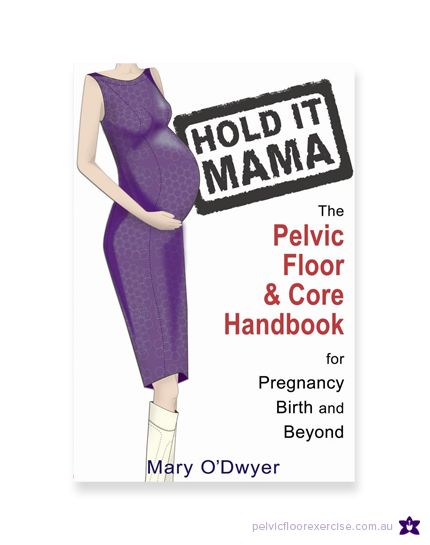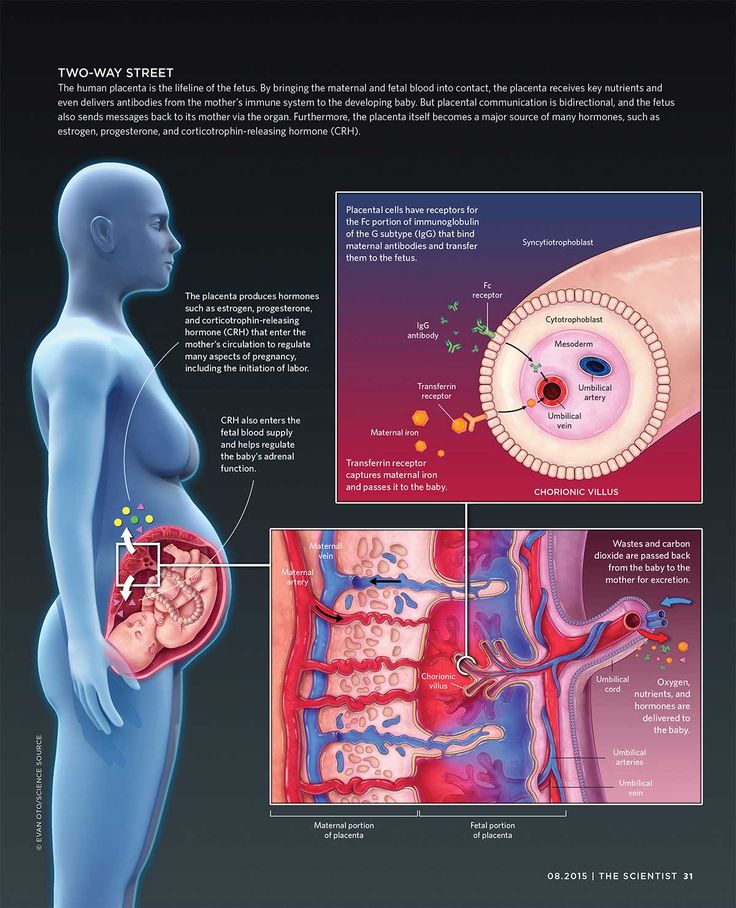Let down effect
Suffering From 'Let-Down Effect?'
Post-Stress Illness
When Marc Schoen was attending college at the University of California, working toward his PhD in psychology, he repeatedly experienced a surprising health-and-illness pattern around the time of final exams. Although he survived and even thrived before and during the grueling exams, his body seemed to crumble as soon as those tests were over. Finally able to relax, he'd be preyed upon by one malicious infectious bug or another, most often causing colds or the flu.
"I managed to stay very healthy until finals were done -- and then I'd [collapse]," he recalls.
Later, when Schoen began treating patients at UCLA and Cedars-Sinai hospitals in Los Angeles, he'd never get sick himself -- until he went on vacation. Almost on cue, as his body transitioned from his hectic, stressful work schedule to times of relaxation, he would become ill.
That's when Schoen began studying the phenomenon of post-stress illnesses, only to find that his own experiences weren't unusual. While stress itself has been associated with health problems -- from high blood pressure to low-back pain -- another phenomenon, the so-called "let-down effect," may also be at work.
In the immediate aftermath of stressful times -- perhaps following an anxiety-producing project at work or a major family crisis -- when you finally have time to take a deep breath and unwind, that's when illness can unexpectedly strike. Just when you're letting down her hair, your ability to fight off illnesses may let you down.
"This effect has been associated with conditions such as upper respiratory infections, the flu, migraine headaches, dermatitis, arthritis pain, and depression," says Schoen, a psychologist and assistant clinical professor of medicine at UCLA.
Paul Rosch, MD, president of the American Institute of Stress and clinical professor of medicine and psychiatry at New York Medical College, concurs that while people respond differently to stress, "when individuals are subjected to chronic stress, some of them are going to show physical or psychological effects even after the stress itself is relieved. "
"
How Does This Happen?
When you're straining and struggling under the burden of work or family pressures, your body releases a number of chemicals -- including stress hormones -- which mobilize your immune system against illness. But when the stressful period ends, your immune system pulls back its troops, and the body becomes less vigilant in weeding out invaders. At the same time, says Schoen, a reservoir of body chemicals called prostaglandins, left over from the stress response, tends to produce inflammation, and can trigger problems like arthritic pain and migraines.
"Illness during this let-down period may come in two ways," according to Schoen, author of When Relaxation Is Hazardous to Your Health. "It could be related to something we were exposed to in the throes of stress. Or it might be something that develops afterward through this open window, where any organisms around us have a far greater chance of infecting us."
Elizabeth Carll, PhD, clinical psychologist in Huntington, N. Y., ran support groups and stress-management programs for relatives of soldiers serving in the Persian Gulf War in 1991. "About 80% of these family members had continuous colds that they weren't able to shake, which in some cases persisted even after their loved ones had returned home."
Y., ran support groups and stress-management programs for relatives of soldiers serving in the Persian Gulf War in 1991. "About 80% of these family members had continuous colds that they weren't able to shake, which in some cases persisted even after their loved ones had returned home."
While the let-down effect can cause trouble at any time, many people with pressure-packed jobs seem particularly susceptible to illness when they ease up on weekends, or when they finally reach retirement age and come down for good from their high-wire act. "For someone used to a high level of ongoing activity, who has their identity tied up in their job, retirement can be a real problem," says Carll. "It may become a source of stress in itself."
Defusing the Let-Down Effect
"Just as stress is different for each of us, there is no stress-reduction strategy that's a panacea," says Rosch. "Exercise, meditation, or yoga work great for some people, but prove dull and stressful when arbitrarily imposed on others. You have to find what works for you."
You have to find what works for you."
Here are some options to help fight off the ills of the let-down effect:
- Schoen recommends techniques that activate the immune system a little, and thus keep it from slowing down too rapidly after a period of stress. Try short bursts of exercise -- even just five minutes in length -- which can trigger a positive immune-system response. "Walk up and down the stairs in your office building," says Schoen. "Or after a stressful day at work, instead of coming home and vegging-out in front of the TV, take a brisk walk for a few minutes."
- Try some mental problem solving, like crossword puzzles, under time constraints. "Several studies show that doing math computations at a rapid pace actually increases immune-system activity," says Schoen.
- Practice relaxation techniques such as deep breathing, which can give your mind and body a rest stop from the day's anxieties. Consciously make yourself breathe slower, inhaling deeply and exhaling naturally.
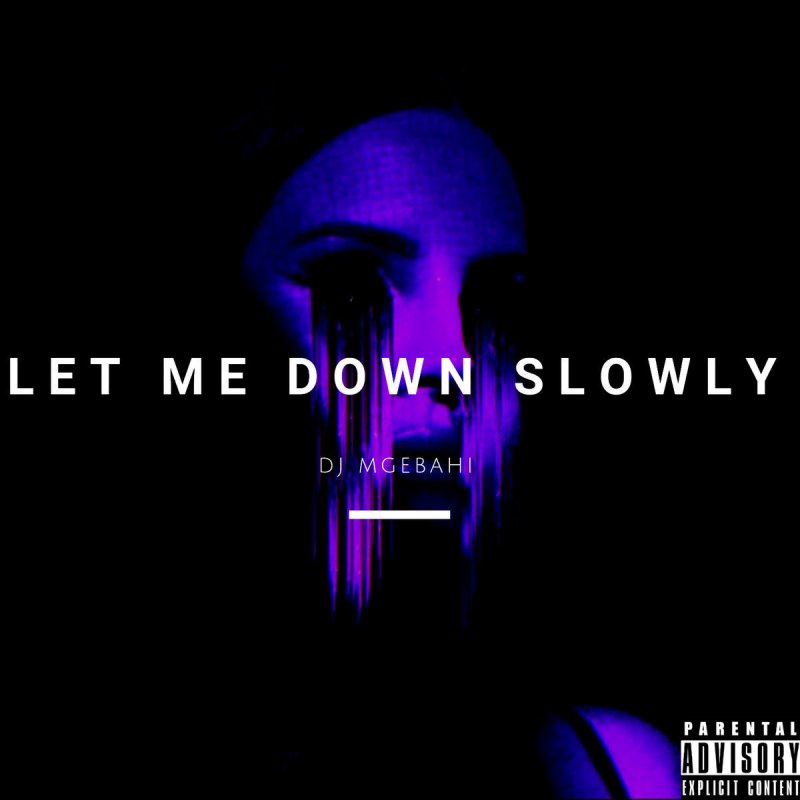 Become aware of the gentle rising and falling of your abdomen. This deep breathing can lower your heart rate, slow your brain waves, and even reduce your blood pressure. Paying attention to your breathing is actually a simple, calming form of meditation..
Become aware of the gentle rising and falling of your abdomen. This deep breathing can lower your heart rate, slow your brain waves, and even reduce your blood pressure. Paying attention to your breathing is actually a simple, calming form of meditation..
You've Probably Experienced The Let-Down Effect and Didn't Even Know It
Have you ever wondered why you felt so lethargic or even became physically ill after successfully dealing with a very stressful event in your life? Or why your chronic condition exacerbated after a big move or handling a crisis? There’s a name for this: The let-down effect.
It is no surprise that stress can lead to significant illness and worsen your existing conditions. Both scientific evidence and personal experience back this up. However, researchers have only recently uncovered some of the reasons why people who deal with very stressful events end up getting sick after those events.
What Is The Let-Down Effect?
This phenomenon, called the let-down effect, describes a pattern of sickness or flare-ups of existing chronic conditions—not in the midst of a period of concentrated stress—but after the stressful event resolves.
Current research shows associations between stressful events and later flare-ups of pain and other conditions. Other research shows increases in panic attacks over weekends, rather than during the week. Likewise, scientists in Taiwan in 2015 found an increase in emergency room visits for peptic ulcers on holidays and Sundays compared to weekdays.
In the same vein, a research study conducted in 2014 by the Albert Einstein College of Medicine in New York City investigated migraine attacks. Migraine sufferers were asked to keep a diary tracking every episode of migraine and any stressful events for a period of three months. Interestingly, the results turned out different from what some expected. Instead of having migraines during the stressful period, the participants reported that they suffered severe bouts of pain about six to eighteen hours after the stressful event ended. The researchers called these migraines let-down headaches.
Similarly, scientists have reported other let-down effects like flare-ups of digestive problems, skin conditions, asthma, and autoimmune conditions that occur after stressful periods in some people’s lives.
And, just like negative events can lead to increased stress, the let-down effect can follow from positive events that bring on stressful changes as well. Holidays, weekends, vacations, even retirement can prove stressful and result in the let-down effect later.
In a way, it seems your body is designed to handle severe, acute stress, but when the build-up is over, all the other needs your body was ignoring to prioritize the stressor come crashing back in. So your body, in turn, crashes in a desperate bid to recover.
Stress, Its Effects On Your Body, and How It Can Trigger the Let-Down Effect
Stress from any source brings on the same kind of physical response in your body. Your hypothalamus releases the hormones that trigger your pituitary gland, which in turn releases hormones that stimulate the adrenal glands. Once activated, the adrenals produce and release hormones to fight the effects of stress. This hypothalamic-pituitary-adrenal (HPA) axis becomes stimulated by any kind of stress.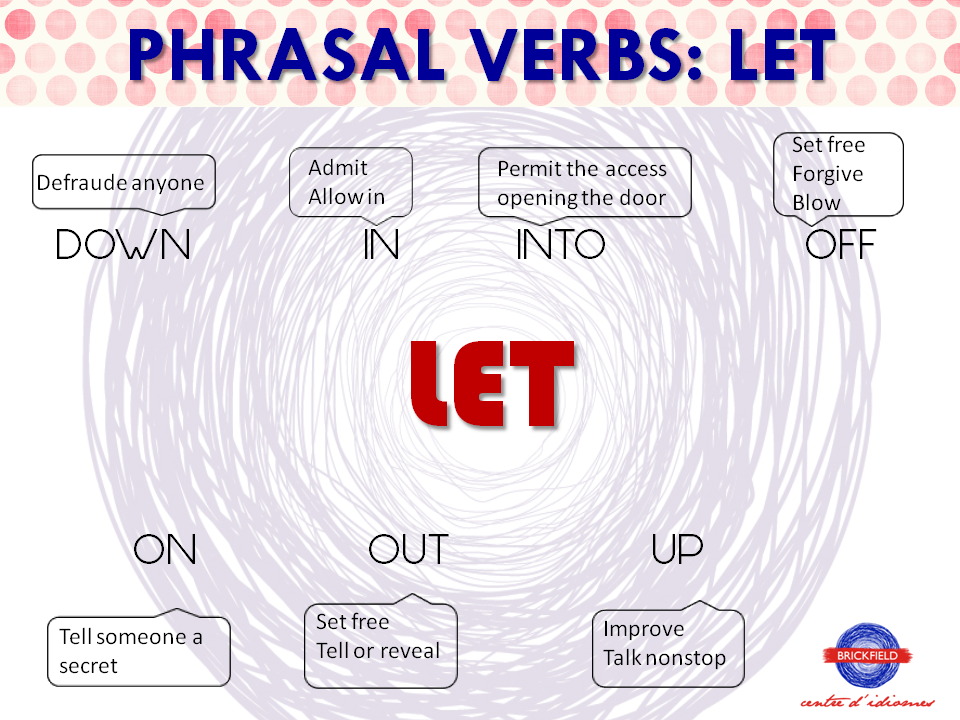
At the terminal end of this axis, your adrenals release glucocorticoids like cortisol, catecholamines like epinephrine, and adrenaline to deal with the stress. This ‘fight or flight’ response helps your body to mitigate the stress. In addition, it activates the immune system to protect your body.
On the other hand, this activation also can trigger latent viral infections such as herpes simplex 1 and the Epstein-Barr virus. The symptoms for these viruses may only become apparent a few days later after the stress event resolves, thus becoming part of the let-down effect.
Meanwhile, as you continue dealing with stress, your perception of pain diminishes because of the hormones like cortisol and other stress hormones. In the short-term, while the stress continues, this proves helpful in dealing with the stressors. However, once the stress goes away, cortisol levels decrease, and with the loss of cortisol's pain-suppressing function, the potential for flare-ups of chronic pain, fibromyalgia, or migraines increases.
When your immune system down-regulates after the stress and your pain-suppressing cortisol levels also decrease, you may find yourself more vulnerable to feelings of pain and illnesses.
In addition, an activated immune system can also lead to increased inflammation. This inflammatory response sets the stage for later experiences of illness or pain. Once the stress resolves, and your immune system down-regulates as a result, the inflammatory response can linger.
Likewise, the up and down surges of stress hormones can decrease dopamine levels in your brain. Once these hormone levels fall, you can experience a desire to overeat or engage in drug use to return to the feelings of pleasure and reward you felt with higher dopamine levels.
Adrenal Fatigue and the Let-Down Effect
Another aspect of the discussion of stress must include adrenal fatigue. In its response to stress, your body activates the HPA axis as mentioned above. In the face of chronic stress, your adrenal glands become pressured to release more and more cortisol to deal with the stress effects. At some point, the adrenals get overwhelmed with these demands and cannot produce sufficient cortisol to meet them. This leads to the condition called Adrenal Fatigue Syndrome (AFS).
In the face of chronic stress, your adrenal glands become pressured to release more and more cortisol to deal with the stress effects. At some point, the adrenals get overwhelmed with these demands and cannot produce sufficient cortisol to meet them. This leads to the condition called Adrenal Fatigue Syndrome (AFS).
When your adrenals become fatigued in this manner, another natural mechanism called the NeuroEndoMetabolic (NEM) stress response begins working harder to help your body remain balanced in dealing with stress. The NEM stress response consists of six inter-related circuits composed of three organs or systems each. Their inter-related nature means whatever affects one circuit affects the others.
What does this mean in regard to the let-down effect? When you suffer from AFS, your body becomes sensitized to the effects of stress. Chronic stress depletes your body's resource reserves, using increasing amounts of nutrients and critical precursor hormones.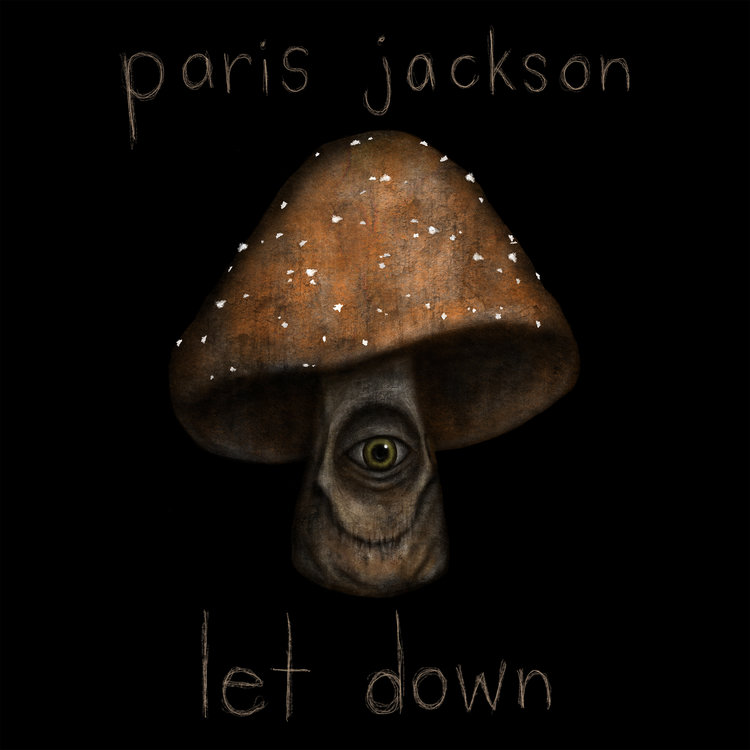 This makes it less able to respond to stressors in the future.
This makes it less able to respond to stressors in the future.
Therefore, even a small stressful event can bring a significant impact on your body. If this stress event resolves, your risk of experiencing the let-down effect increases because of the sensitization.
In addition, AFS typically increases your risk of developing chronic illnesses. Therefore, when you experience a stressful event, the likelihood of one or more of these chronic conditions worsening increases.
Similarly, your entire system must deal with the constant ebb and flow of hormones stimulated by chronic stress. This waxing and waning of hormone levels lead to an increased risk of the let-down effect.
Conditions Associated With The Let-Down Effect
Quite a number of illness conditions can be associated with the let-down effect. Included among them:
- Panic attacks
- Headaches
- Stomach pain
- The common cold and influenza
- Skin outbreaks
- Fatigue or tiredness
- Binge eating
- Allergic reactions
How To Prevent The Let-Down Effect
Probably the best way of dealing with the let-down effect involves avoiding it in the first place.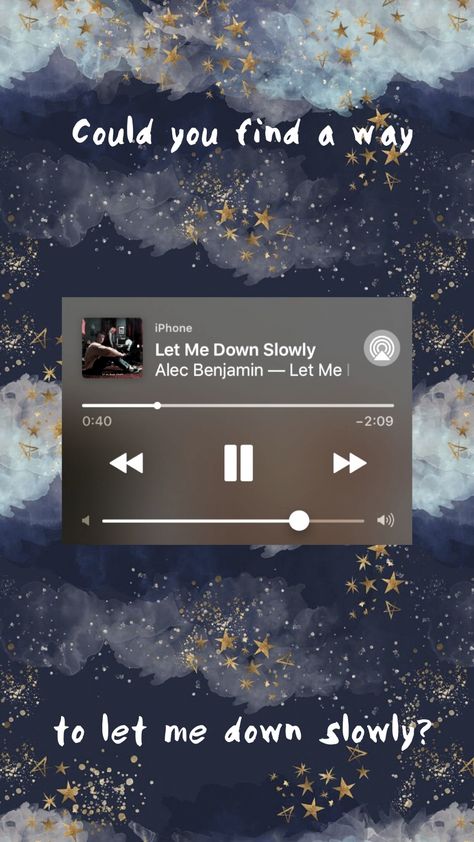 The key is to find the most effective ways of handling stress. While you are in a stressful situation, you should take care of yourself by taking rest and keeping your stress levels in check.
The key is to find the most effective ways of handling stress. While you are in a stressful situation, you should take care of yourself by taking rest and keeping your stress levels in check.
Some practical methods of doing this involve the following:
- Become aware of when you feel stressed and pace yourself to avoid becoming overwhelmed.
- Make sure your diet consists of nutritious foods in the right balance.
- Get seven to eight hours of good sleep every night.
- Engage in moderate exercise daily, even if only for 20 to 30 minutes.
- Take time for relaxation, meditation, reading, quiet time, and deep breathing.
When you find yourself in a stressful situation, make time to decompress while you go through the event. This will not come naturally, so you must purposefully make yourself do it. Staying activated all day, seven days a week, will eventually harm you and increase your risk for the let-down effect. Making time for decompression during which you engage in deep breathing and/or meditation will help de-activate some of your natural fight or flight response.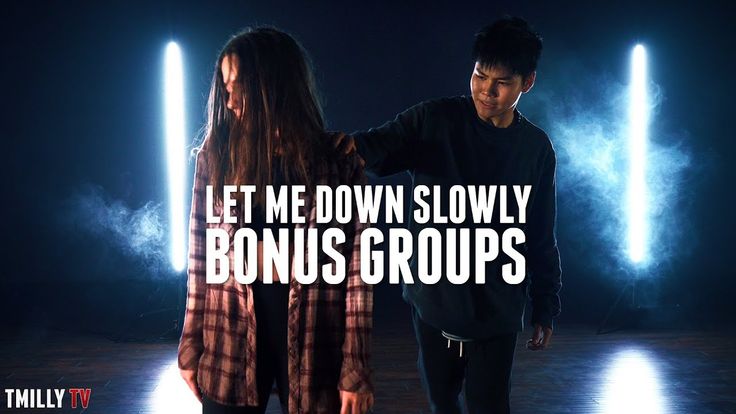
How to Lessen the Let-Down Effect's Severity
On the other hand, if you can’t avoid the let-down effect, you can decrease its severity.
You can do this by helping your body de-stress more slowly, by presenting gentle, healthy stressors and maintaining self-care after a stressful event to provide structure and slow the pace of change in your body. De-stressing too quickly, like hitting the brakes on the highway, can lead to sudden changes in your biochemistry that may result in symptoms. It could leave you more vulnerable to symptoms like stomach problems, migraines, or panic attacks.
The idea here is to keep some small level of physical and mental stress going in your life after a period of major stress so your body does not have to adjust too quickly. This keeps your immune system active and helps stave off a period of extreme fatigue and vulnerability.
Use Physical and Mental Stimulation to Avoid the Let-Down Effect
A significant and effective method for avoiding the let-down effect consists of the right kinds of physical and mental stimulation. Moderate exercise in small amounts several times during the day can help. In addition, mental stimulation in the form of doing crossword puzzles or difficult math problems could also help. The critical time period for engaging in this kind of mental and physical stimulation falls within the first three days following the stressful event. Doing this will increase your chances of coming through any stressful period in a more healthy way.
Moderate exercise in small amounts several times during the day can help. In addition, mental stimulation in the form of doing crossword puzzles or difficult math problems could also help. The critical time period for engaging in this kind of mental and physical stimulation falls within the first three days following the stressful event. Doing this will increase your chances of coming through any stressful period in a more healthy way.
Get Good Quality Sleep
Sleep allows your body to restore its strength, activating your parasympathetic nervous system, also known as the "rest and digest" response. Research shows getting more than seven hours of sleep a night decreases your risk of becoming ill by more than four times.
Avoid Drinking Alcohol
Excessive alcohol consumption cause dehydration. In addition, it may contain large amounts of sugar that can trigger inflammation. Drinking before bed can also reduce your quality of sleep.
Keep Your Nasal Passages Moist
Using a humidifier or saline spray several times during the day will accomplish this goal. It helps your nasal passages block germs from entering your body. In addition, saline is naturally sanitizing.
It helps your nasal passages block germs from entering your body. In addition, saline is naturally sanitizing.
Work To Manage Your Stress
You can manage your stress by doing several things such as meditation, yoga, gentle exercise, journaling, engaging in a hobby, spending time with family or friends, or even playing with a pet. Try different methods for a few days each to help determine which one works best for you.
Nourish Your Body
Eat foods rich in vitamins and minerals. Oranges and grapefruits contain lots of vitamin C. Sunflower seeds and spinach contain vitamin E. Beef, pumpkin seeds, and egg yolks contain zinc. Probiotics work to strengthen your immune system by building your microbiome. Focus on eating more nutritious foods that are easy to digest to support your body during this time.
Conclusion
Everyone experiences stress in their lives, especially right now. And nearly everyone is aware that stress can cause illness, sooner or later. The let-down effect is just another example of this. It can exacerbate existing conditions after the stress is over.
The let-down effect is just another example of this. It can exacerbate existing conditions after the stress is over.
But it doesn’t have to happen. There are things you can do to mitigate possible let-down effects:
- Become aware of when you feel stressed.
- Do what you can to decrease your overall stress level.
- Exercise moderately.
- Feed your recovering body a nutrient-dense diet.
- Get sufficient sleep so your immune system can recover.
- Avoid excessive drinking of alcohol.
- Maintain gentle physical and mental stimulation after the stress is over.
If you would like to know more about or need assistance with dealing with the let-down effect, the team at Dr. Lam Coaching can help. We offer a free** no-obligation phone consultation at +1 (626) 571-1234 where we will privately discuss your symptoms and various options. Or you can send us a question through our Ask The Doctor system by clicking here.
Underwater effect in Photoshop tutorial
With this lesson we will create an underwater atmosphere - a look from the depths.
Create a new document 1280x800px. Create a new layer and fill it with a gradient (Gradient Tool) from light blue to dark blue.
Go to layer styles and select Inner Glow (Layer-Layer Style-Inner Glow), using the following settings: White colour. Put a dot in the center. Like this! nine0003
Transform (Edit-Free Transform or Ctrl+T) the layer with the white dot - stretch the length and reduce the width.
Move the dot to the top of the image - and leave only the bottom half visible. Change the blending mode to Overlay.
Next, copy the white dot layer and reduce the size of the copy by 50% (Ctrl+T).
The next step is to create rays of light passing through the water. Create a new document 2000x2000px. Fill with any color and add a layer effect – Gradient (Layer- Layer Style-Gradient Overlay)
When choosing a gradient from the Noise group, you can click on the Randomize button several times to select the desired option.
Transfer the layer effect to the image state - (Layer–Layer Style–Create Layer). Then we stand on the layer with the clipping mask (top) and remove it (Layer-Release Clipping Mask). Now you need to Desaturate the resulting image (Image- Adjustment- Desaturation).
If after clarification the gradient turns out to be faded (the author of the lesson did not indicate the exact version of the gradient), try working with the Brightness / Contrast settings - brightness / contrast (in some cases I used it several times), or Levels (Cntr + L) - levels, or Curves ( Cntr+M) curves. Who will be comfortable. nine0003
Use the Crop Tool to select an area the same size as your Underwater image. That is, in our case, 1280x800px (in the tool's properties panel, specify the size in px or cm). And we cut out the area we need.
Copy the layer to the working paper.
Change the blending mode to Overlay.
It's great! Now let's make bubbles. Let's create a new layer. Select the tool Brush (Brush) - color - black. See settings below. nine0003
Select the tool Brush (Brush) - color - black. See settings below. nine0003
I increased the Size Jitter value and worked additionally with the Scattering tab settings - Scatter and Count. So it turns out to fill the space with bubbles faster. In addition, you can reduce the size of the brush. Experiment! Draw on a new layer a large number of bubbles, placing them in a chaotic manner.
Now make the bubbles "live"... Change the blending mode of the bubble layer to Screen. We advise you to work with Shadow, Inner Glow and Embossing settings on your own. I have already tried and provide you with my options for settings. Apply, watch, try .... Layer Style tab settings (Layer-Layer Style):
And here is the result! Impressive, isn't it? Merge layers, you're done!
Examples of how to use this tutorial:
Photoshop tutorial, Photoshop tutorial, Photoshop tutorial
How to create an underwater atmosphere in Photoshop, let's look at how to create an effect with the standard tools of the program.
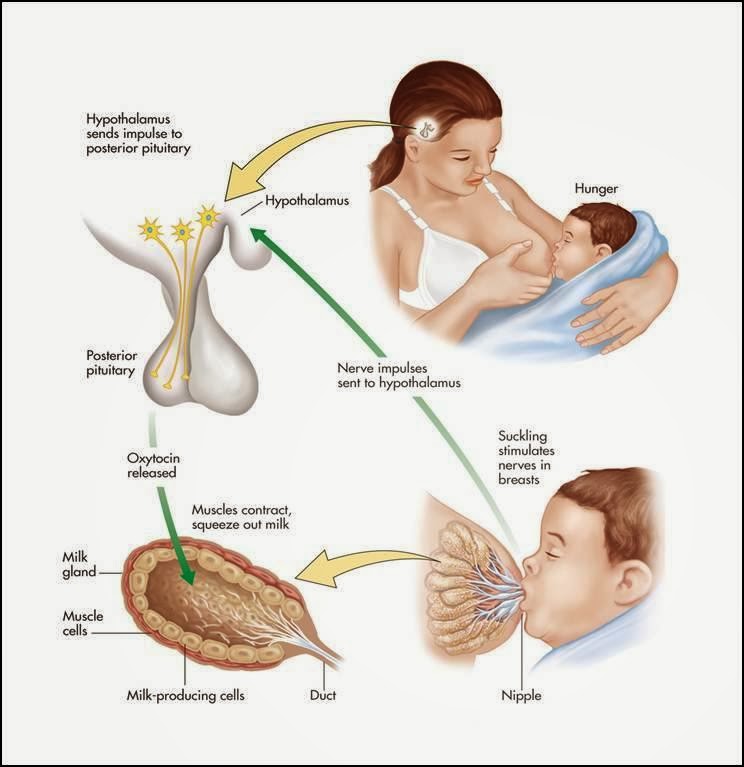
Content
quick navigation through article
Watch the video tutorial
In this tutorial we'll look at how to create an underwater effect in Photoshop. We will create an underwater atmosphere from scratch and place the object in it. This effect is done exclusively with the help of Photoshop tools, without using any footage, sources or ready-made images. nine0003
For work, I created a new document, with a standard Full HD size, i.e. - 1920X1080 pixels. And on this canvas, we will first create an underwater atmosphere, after which we will place an object in it, in my case it will be a shark.
1. Create the main background of the collage
First of all, unlock the main layer by clicking the left mouse button on the padlock icon in the layers panel.
Then fill the canvas with a light blue, I'll choose turquoise, the color of sea water, something like this. nine0003
Take the Fill tool and fill the background with it.
Next, create a "Curves" adjustment layer by clicking on the corresponding icon at the bottom of the layers panel.
Put a dot about in the middle and adjust the color tone of the background, make it darker. It all depends specifically on your task, how dark to make the background, I will make a darkish underwater atmosphere, so I will leave this shade.
Now let's create a gap at the top of the canvas where we will have the surface of the water. To do this, select the mask of the adjustment layer with curves, select the "Gradient" tool, set the gradient type to radial, select black if you have another one, and draw a gap with this gradient. We put the cursor at the top point of the canvas, approximately in the center and drag it down. nine0003
Create a new adjustment layer "Levels" and adjust the final shade of the water and the brightness of the gap by adjusting the parameters. I'll leave it like this, darkish.
I'll leave it like this, darkish.
Next, create a new layer, fill it with black using the Fill Tool and put a noise filter on it.
Select "Filto" - "Noise" - "Add noise" in the top menu. Here we set the noise parameter to "Gaussian" and the mode "Monochrome", the effect is set to about 80%. nine0003
Now convert the noise layer into a Smart Object by right clicking on it and choosing Convert to Smart Object.
Set this layer's blending parameter to Screen and set the opacity to about 10% . nine0003
This way we get fine particles in the water. Now they are hard to see and we will enhance this effect. Copy the particle layer by holding the left mouse button and "Alt" on the keyboard, drag the layer up and get a copy of it.
Now create a mask for this layer by clicking on the corresponding icon at the bottom of the layers panel.
Next, take the "Gradient" tool, set its parameter to linear, select black and overlay the layer mask with a gradient from top to bottom.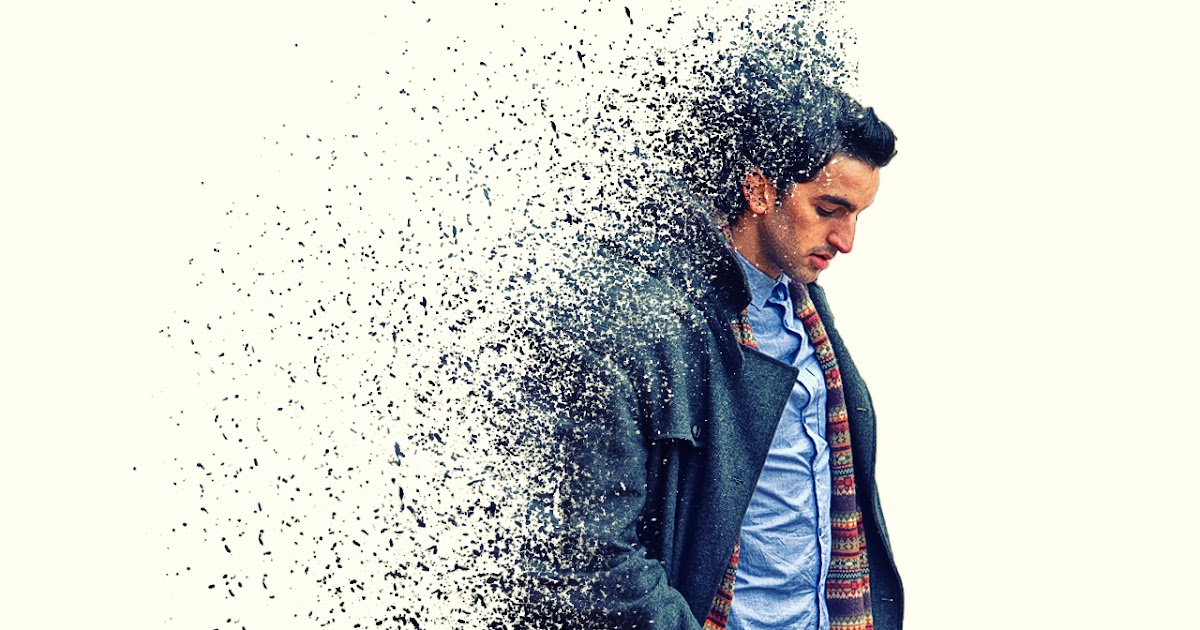 In this way, we hide the particles in the upper part, where there is a gap, and the effect is intensified from below. nine0003
In this way, we hide the particles in the upper part, where there is a gap, and the effect is intensified from below. nine0003
Create a new adjustment layer "Levels", overlay it on the layer with particles, to do this, while holding "Alt" on the keyboard, move the cursor between the layers until the "arrow" pentogram appears and click the left mouse button.
Now we set the levels to about the following values so that the particles become more contrast.
I think that the general background should be made even darker. Still, the scene with the shark should be darker. Perhaps I'll tweak the curve a little more on the first adjustment layer. nine0003
Again I'll tweak the levels adjustment layer to make the particles more visible.
Let's group the background and particle layers together for convenience. Select the layers with the background, click on this icon and get a group of layers, which we will call the background.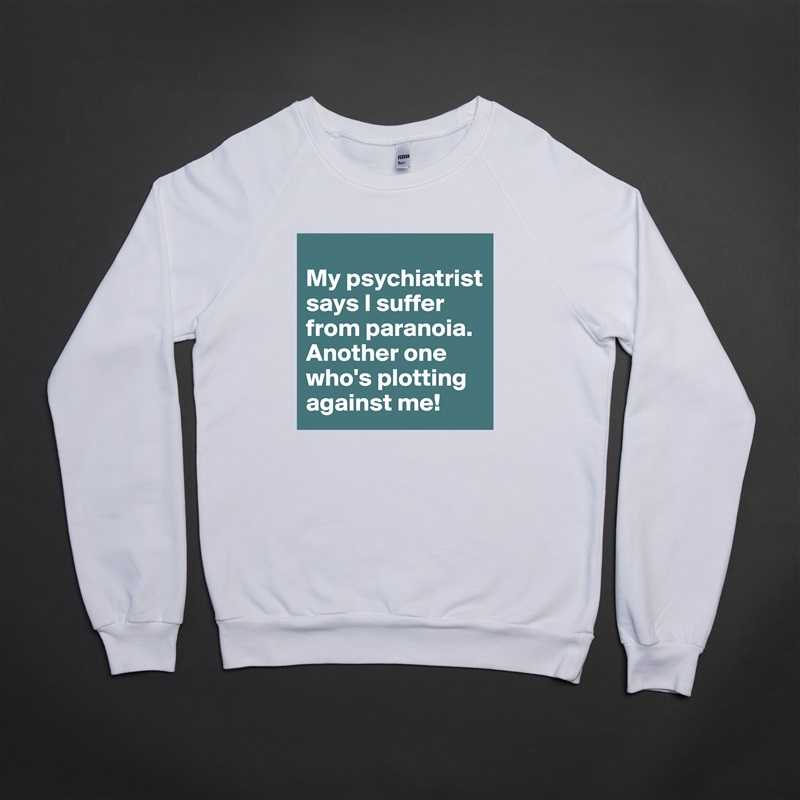 Do the same with the particle effect layers.
Do the same with the particle effect layers.
We have light incident on the surface of the water, we will draw the surface itself a bit later. And now let's add light under water, i.e. refracted light. To do this, create a new layer, set the color to white, take the tool "gradient", with the value "radial" and draw a spot near the center from below. Set this layer's blending option to soft light and set the opacity to about 50%. nine0003
2. Create the surface of the water
Now let's work on the surface of the water. Create a new layer and fill it with black using the Paint Bucket tool.
Apply the "Clouds" filter to this layer. First, we make sure that the bottom color is exactly white, and the top one is black.
Select "Filter" - "Rendering" - "Clouds" in the top menu and get this effect.
We will make the surface of the water out of it. nine0003
Go to "Filter" - "Filter Gallery" and look for the "Chrome" filter here, in the "Sketch" tab. We apply it and adjust the parameters: we set the detail to the maximum and softening too, click "OK". The result is water ripples.
We apply it and adjust the parameters: we set the detail to the maximum and softening too, click "OK". The result is water ripples.
Now zoom out on the canvas with the Loupe Tool to make it easier to work with. Take the "Distort" tool, for this, in the top menu, select "Editing" - "Transform" - "Distortion". We set up this ripple with this tool in this way. nine0003
The result should be something like this water surface.
Next, we'll convert the water surface layer into a smart object. Right click on it and select "Convert to Smart Object".
Now let's blur it a bit in gauss. In the top menu, select "Filter" - "Blur" - "Gaussian Blur" and set the blur radius to one.
You can also blur it a bit with the Motion Blur filter. Select "Filter" - "Blur" - "Motion Blur". Here we set the "Blur Angle" to zero and the offset to about 25 and apply the filter.
Next, set the layer with the water surface blending option "Soft light",
create and overlay the adjustment layer "Levels" on it and adjust the values of the levels by eye.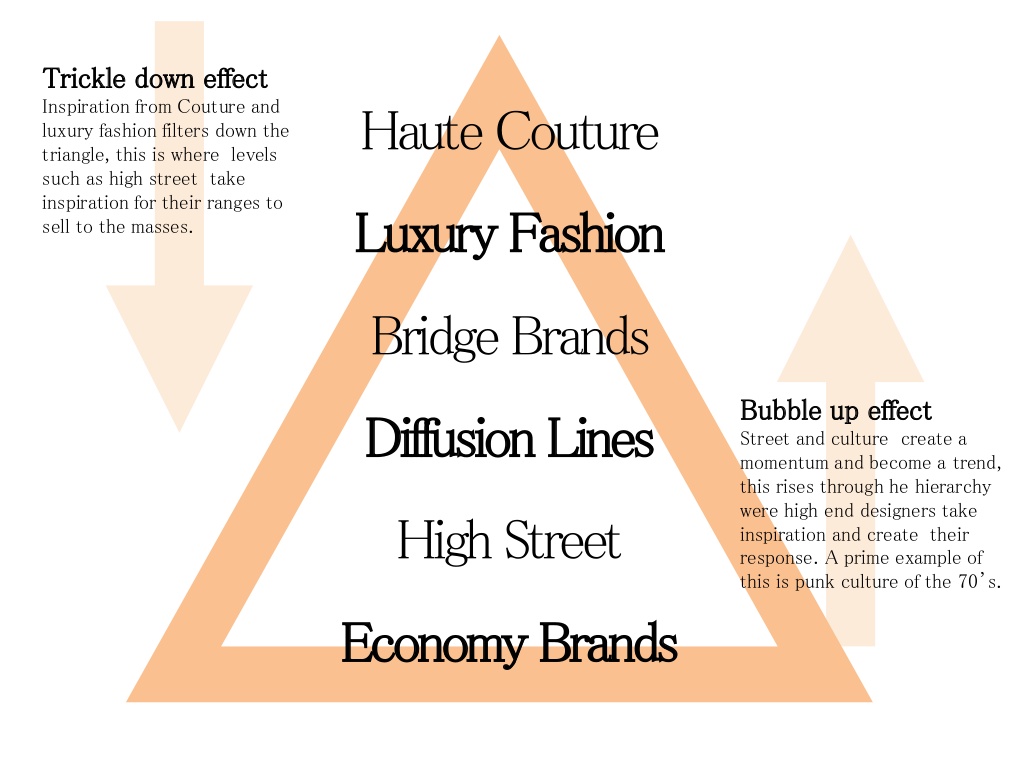 Let's leave it like this.
Let's leave it like this.
Apply a mask to this layer, take a black linear gradient and hide unnecessary parts of the water surface with it. You can also take a radial gradient and hide the ripples in the center a little.
The result is a water surface. All layers, as in the previous time, can be grouped for convenience and named, for example, "water surface". nine0003
3. Place the filter on the water surface
To give the water a more marine color, similar to a movie picture, you can use a photo filter. Create an adjustment layer "Photo Filter" and adjust the settings to your liking. I'll leave these settings.
Now you can add more rays of the sun through the water. To do this, create a new layer, take a standard Photoshop brush. Let's set it to about this size, set the color to white and randomly walk across the entire canvas. nine0003
The result should be such a "picture".
After that, convert this layer into a smart object, right-click on it and select "Convert to Smart Object".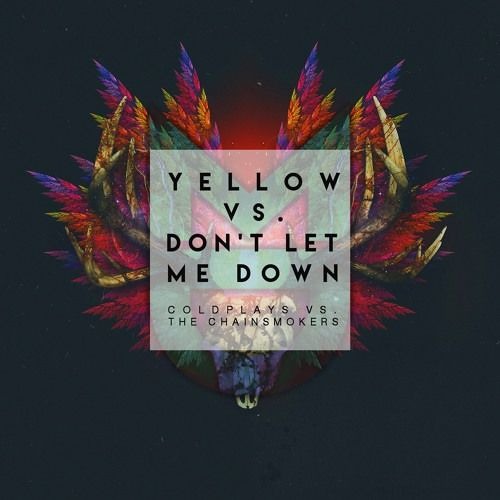 Now select "Filter" - "Blur" - "Radial blur" in the top menu and set the settings for this filter. We set the quantity to 100, the method is linear and the quality is good.
Now select "Filter" - "Blur" - "Radial blur" in the top menu and set the settings for this filter. We set the quantity to 100, the method is linear and the quality is good.
After that, set this layer's blending option to "Overlay" and adjust the opacity by eye. I'll leave it at 30%. nine0003
4. Add an object underwater
It remains to add some object under the water and decorate the image with air bubbles. As an object I will use a shark, you can use any other object. I rendered this shark using Cinema4D. I found a shark model, put it in the angle I needed and saved it in png format. There is a separate tutorial on how to do this.
The object layer should be placed above the main background, below the particle group. nine0003
Now we need to fit the object into the general atmosphere of the background. There is a separate lesson on how to fit an object on any background in Photoshop. We enter the shark in the same way.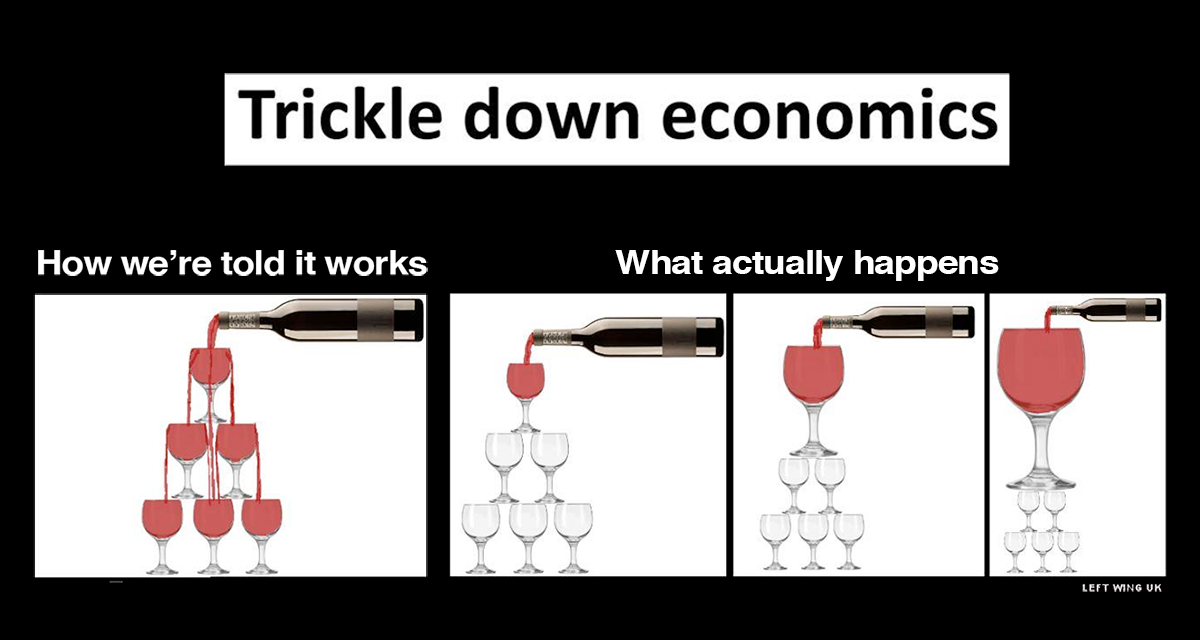 First, I'll give it a color tone that matches the environment using a curve, and then I'll apply lights and shadows. The only feature I did was put a mask on the object and hide the edges of the tail and fins a little, and also make the shark layer itself a little transparent.
First, I'll give it a color tone that matches the environment using a curve, and then I'll apply lights and shadows. The only feature I did was put a mask on the object and hide the edges of the tail and fins a little, and also make the shark layer itself a little transparent.
nine0069 5. Create a bubble brush
As a final touch, we'll add bubbles to make the whole picture look prettier and more effective. To do this, first make a special brush, and then draw bubbles with it.
Create a new canvas about 500 x 500 pixels. And with the help of the "Ellipse" tool, draw a circle on the canvas, to which we set the black color.
After that, go to the top menu in the "Filter" - "Blur" - "Gaussian Blur" and blur this circle by about seven pixels. nine0003
Now apply a mask to this layer, take a simple soft black brush, set its size to be smaller than our circle and click on the layer mask in the center of the circle. We click until we get this result.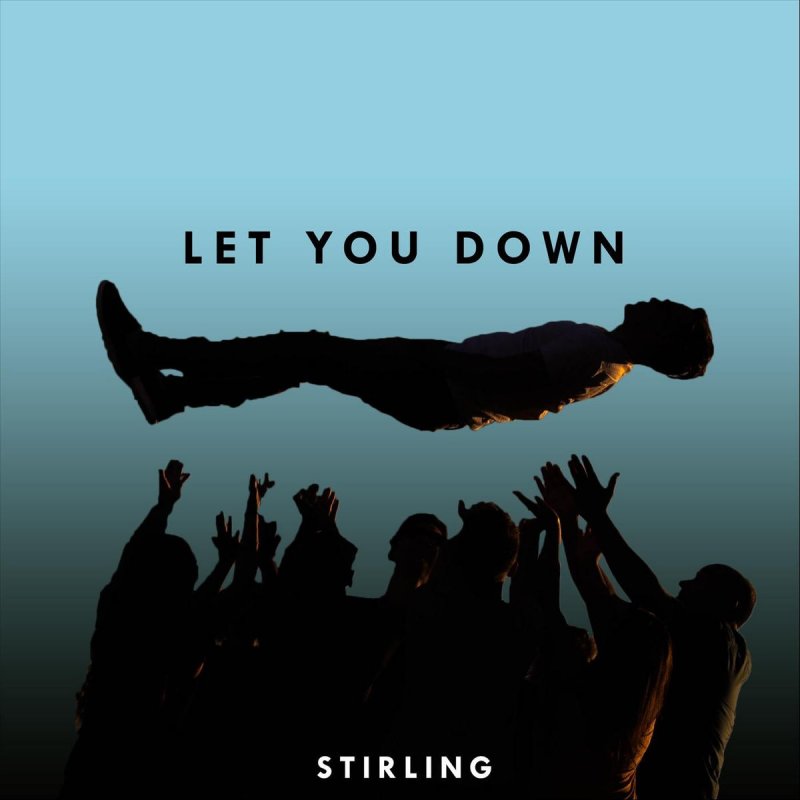
Then set the brushes to white, make the size smaller and draw these two spots on the layer mask.
Now select the layer with the circle itself by clicking on it with the left mouse button and select "Edit" - "Define brush" in the top menu. Give the brush some name and save. nine0003
And as a result we have a bubble brush. Now it remains to adjust its parameters and draw bubbles. Open the brush options and adjust them. We set the desired size and intervals.
Then we connect the shape dynamics and dispersion.
All these parameters are adjusted by eye, you can set them like mine, you can do it your way.
The point is that the brush should paint with bubbles. Create a new layer and draw bubbles in the right places. nine0003
These bubbles will be in the background, so we'll blur them a bit. Select "Gaussian Blur Filter" and set the blur radius by eye. Let's make this layer with bubbles more transparent.

